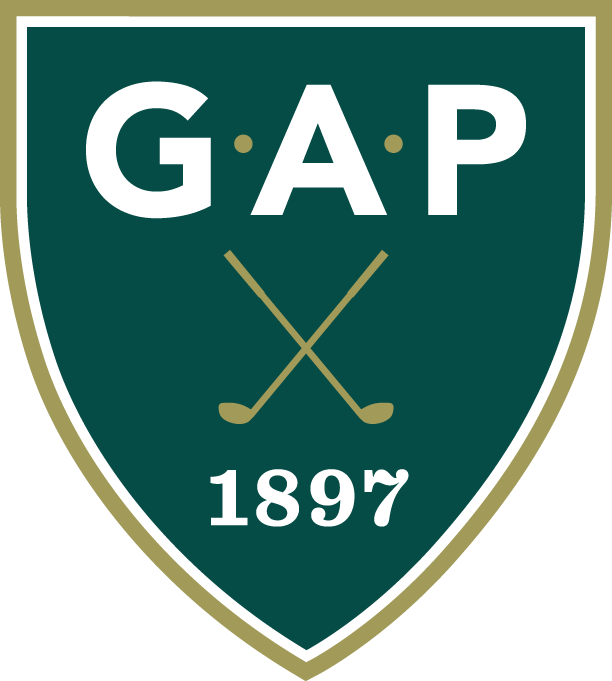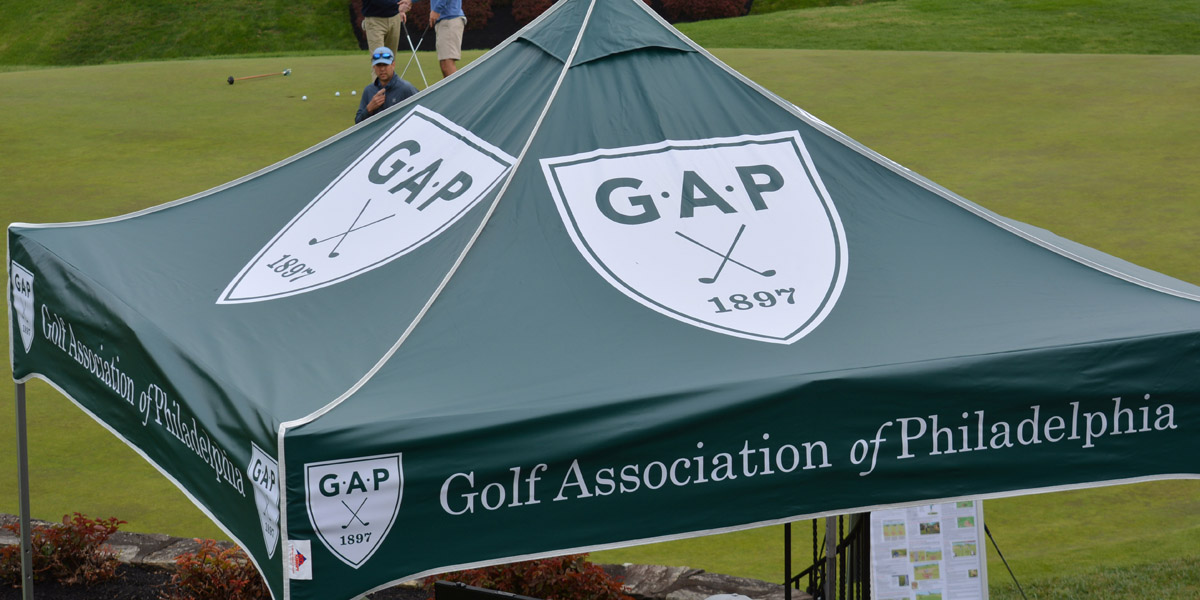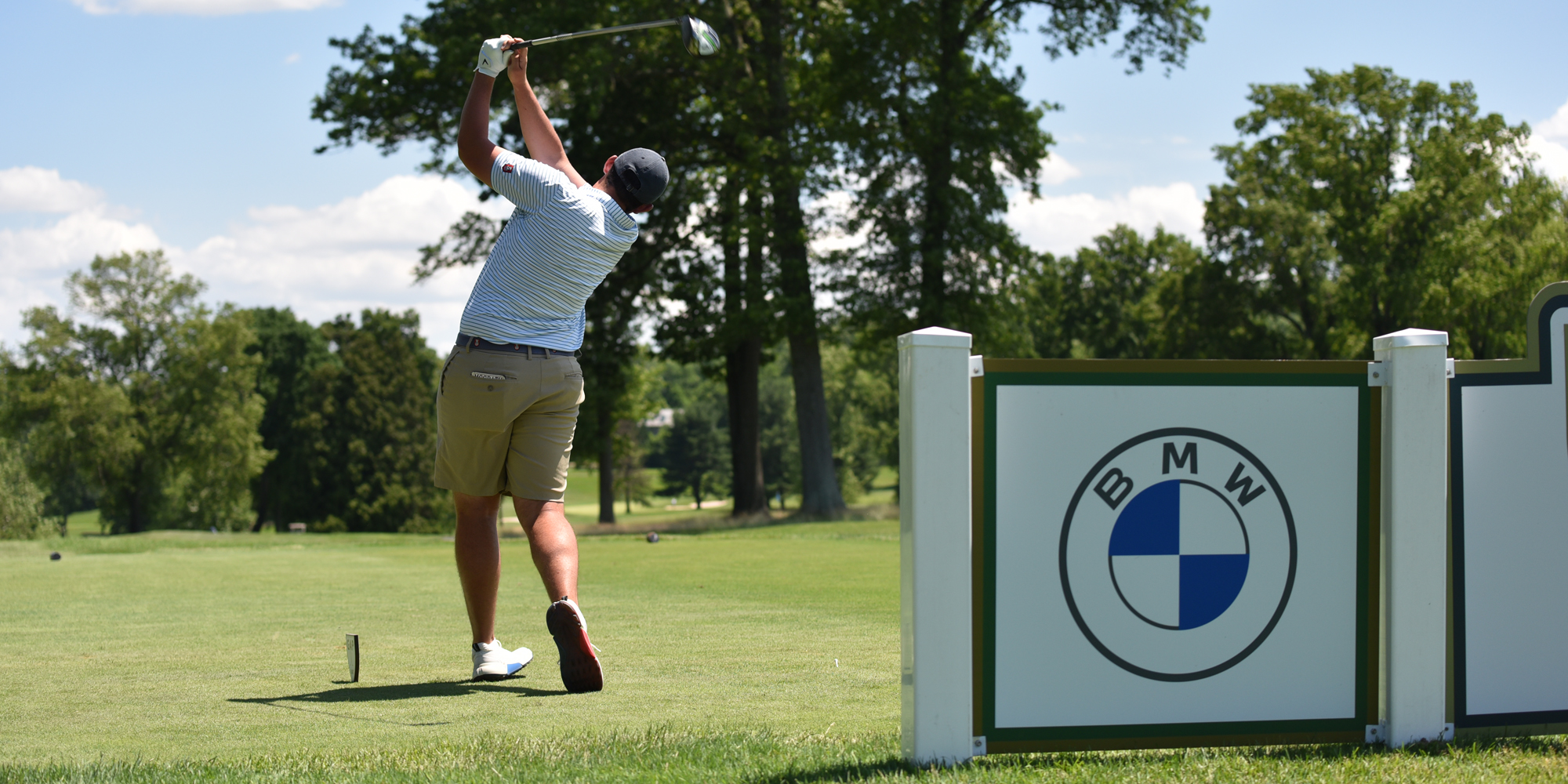| *GAP Fitness Segment #3
GAP Golf Fitness: The Lower Back – Injuries in Golf
By David Ostrow Lower back injuries are prevalent in golf. The statistics are clear; if you stand on two feet and you play golf, there’s a high probability that your back will hurt. In this installment we will take up the disorders of the lower back. While there are many more injuries than listed here, these are the most common.
In the spine there are several important structures. There are bones, vertebrae, ligaments, nerves and intervertebral discs. The discs’ main job in the spine is to act as a cushion or shock absorber. The intervertebral discs also function to give height and flexibility to the spine. When you think of intervertebral discs you might visualize a jelly donut. There is a soft inner core and a tough outer structure. The outer structure, called the annulus fibrosis, is made of a ligament-like material. The inner mass, called the nucleus pulposus, is very much like the filling in a jelly donut.
Most research indicates that disc bulges are not a major source of pain that radiates below the lower back. If you are experiencing pain that is worse in sitting or standing still, numbness, weakness and other symptoms into your lower extremities, with or without lower back pain, the problem might me a herniated disc. In a herniated disc the nucleus material moves further out from the vertebral bodies and can press on the spinal nerves that run into the lower extremities. Medical research indicates that a position of increased flexion (forward bending) combined with side bending and rotation all together can lead to disc problems. Under normal circumstances, the discs in the lower back can withstand several times a person's body weight without injury or disruption. However, when the annulus is weakened by prolonged improper loading, it becomes prone to injuries that may include bulges and herniations. So mother was right when she told you to stand and sit straight. In that position there is normal loading of the discs. This prevents weakening of the annulus and maintains good health in the disc. Disc injuries from golf seem to be related to excessive flexion of the spine at setup, reverse spine angles, lateral sways and the like. These positions and movement patterns load the discs in flexion and then the swing superimposes high speed rotation and side bending…a recipe for disaster. Arthritis Arthritis is a process of wearing out of the spine. Many attribute this disorder to aging, other injuries, and poor conditioning. All are correct. There is another reason: improper use of the body part, in this case the lower back. If there are muscle imbalances, pelvic girdle imbalances, limited hip or thoracic spine range of motion, the lower back is put under great stress. An unbalanced pelvis causes asymmetrical loading of the lumbar discs and vertebrae. It will, over time, lead to weakening of the annular ligaments and wearing out and change in shape of the lumbar vertebrae.
There have been some studies that looked at the relationship between back pain and arthritis. The research was inconclusive except in severe cases of arthritis. Just because your doctor tells you that you have a little arthritis, this does not mean it is the cause of your back pain. Spondylolesthesis
Extension, or backward bending, is a problem for spondylolesthesis as it can increase the forward slippage of the upper vertebra on the lower one. Flexion activities are the treatment of choice for this disorder. Once again muscle and pelvic girdle imbalances, limited hip or thoracic spine range of motion and the lower back is put under great stress. An unbalanced pelvis causes asymmetrical loading of the lumbar spine and can aggravate the slippage in spondylolesthesis. In golf an "S" posture at setup will lead to increase symptoms in spondylolesthesis because this position increases the extension of the lumbar spine. Facet Impingement Facet impingement is a challenging diagnosis. The back of the spine has small joints called facet joints. These joints are generally the diameter of your thumbnail in the lumbar spine. The job of the facet joints is to control motion. In the lower back the facet joints allow flexion, extension and side bending, but are generally thought to prevent lumbar rotation. Once again the "S" posture will be a problem for facet impingement.
Typically, there is supposed to be a small backwards curve in the lower back. The operative word is small. The anatomy texts indicate that eight to ten degrees is considered normal lumbar curve. On most of us that amount of curve is not very noticeable. If you were to put your back against the wall with your feet twelve inches from the wall and stood comfortable you should be able to get your finger tips in the small of your lower back. If you can get your entire hand in there, you might be a candidate for facet joint problems. Sacroiliac Joint Pain The sacroiliac joint is the joint at the base of the spine between the sacrum and the pelvis. The sacrum is a series of five fused vertebra at the bottom of your spine. There are two sacroiliac (SI) joints. There is great controversy about whether or not these joints are capable of motion. Our experience suggests that these joints have a small amount of motion (two to four degrees). When one or both of these joints get irritated they can cause pain in the very lower back that might even radiate into your hip joint area. The muscles that attach to the pelvis, hip flexors, hamstrings, abdominals and lower back muscles, when out of balance, can cause the SI joint to become irritated. If you have SI joint pain you will probably hurt getting out of a chair, standing, walking or during loading of the hips. In golf this is a real problem because the hips are constantly being loaded. This disorder is generally easy to remedy. The remedy only includes restoring normal balance to the muscles of the pelvis and mobility in the hips. It is our experience that the majority of us who have back pain have dysfunction of the SI joint and its associated muscles. The bottom line is that self-diagnosis rarely works. If you have back pain you could have any of these disorders. All of these disorders are aggravated by imbalances in the muscle of the pelvis, hips, and lower torso. Remedying these imbalances in most cases will reduce the strain on the structures of the lower back and lead to less pain.
If you have any questions about golf injuries, posture or other physical performance factors related to golf, please feel free to contact Body Balance for Performance at 610.940.3835 or visit www.fitgolf.com.
Ostrow is also the co-author of the book The Body and the Golf Swing and has written countless articles on golf fitness through out the years. Founded in 1897, the Golf Association of Philadelphia (GAP) is the oldest regional golf association in the United States and serves as the principal ruling body of amateur golf in its region. Its 135 Member Clubs and 60,000 individual members are spread across parts of Pennsylvania, New Jersey, Delaware and Maryland. The purpose of the Association is simple: To promote, protect and preserve the game of golf in the region.
|
About
Founded in 1897, GAP continues to champion golf for the benefit of the game in its region and beyond.
About HomeA Walk Through Time
GAP is the oldest state or regional golf association in the country. It started courtesy of a friendly competition – the Team Matches – and has grown into the preeminent golf association in the country. Along the way, golf history has been made.








